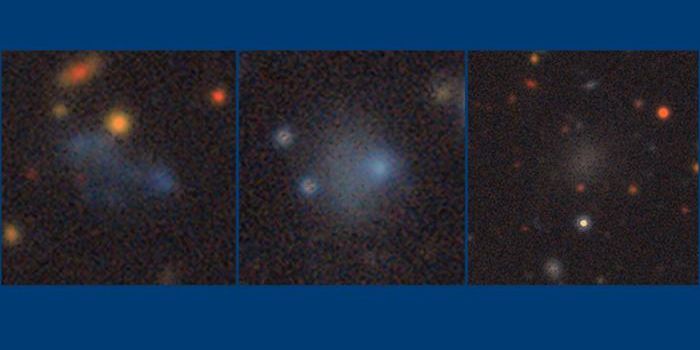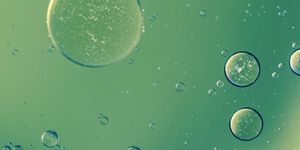"Bright Spots" of Ceres | Solar System Wonders
Occator Crater on Ceres. (Credit: NASA / JPL-Caltech / UCLA / Max Planck Institute for Solar System Studies / German Aerospace Center / IDA / Planetary Science Institute)
The eight planets and 200-plus moons that populate our solar system aren’t the only locations that exhibit awe-inspiring features, as the largest object in the asteroid belt, dwarf planet Ceres, has some unique surface features that might indicate Ceres once had—or presently has—an interior ocean underneath its predominantly dark surface.
These unique features on Ceres are known as faculae, or “bright spots”, and are the most prominent feature on the dwarf planet. Occator Crater on Ceres is the home of these bright spots known as Cerealia Faculae and Vinalia Faculae, with Cerealia at the center of the crater, and Vinalia in the eastern part of the crater. Occator is approximately 57 miles (92 kilometers) wide and 1.9 miles (3 kilometers) deep.
They were discovered by NASA’s Dawn spacecraft as it approached Ceres in 2015, and as Dawn conducted several orbits of the dwarf planet, these faculae were found to be salt deposits primarily composed of sodium carbonate. It is hypothesized that these deposits originated from a reservoir of salt-enriched water, also known as brine, within Ceres.
While Cerealia and Vinalia are the most prominent bright spots on Ceres, scientists have identified more than 300 bright areas on the dwarf planet. Some of these bright spots have been observed on crater rims, impact ejecta, and even on the Ceres mountain, Ahuna Mons.
As NASA’s Dawn mission ended on November 1, 2018, there are currently no active space missions exploring Ceres and its bright spots.
Sources: NASA, NASA (1), EarthSky, National Library of Medicine, NASA (2), NASA (3), NASA (4), NASA (5), NASA (6), NASA (7)
As always, keep doing science & keep looking up!









